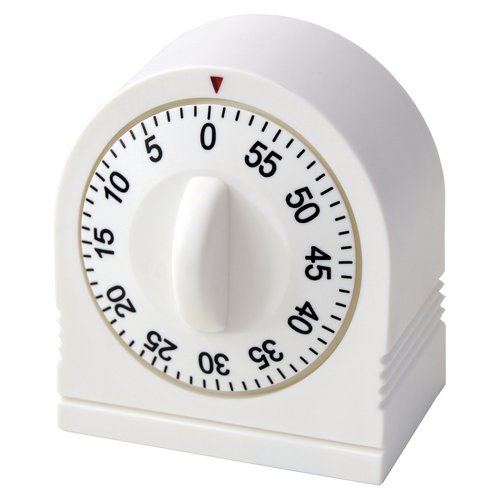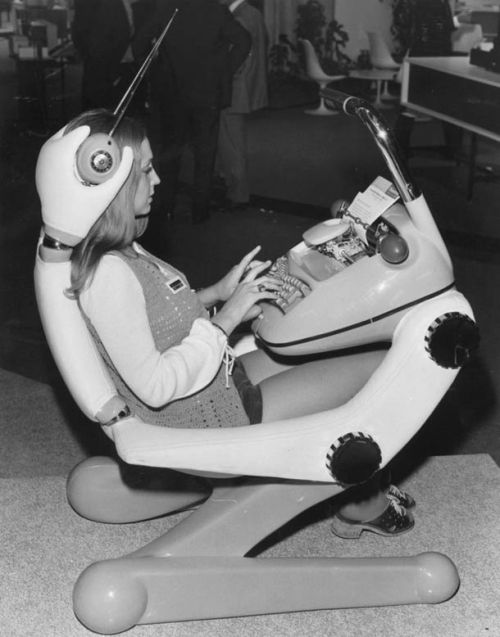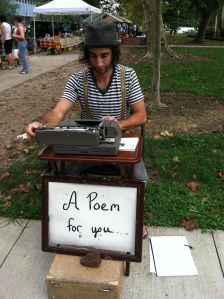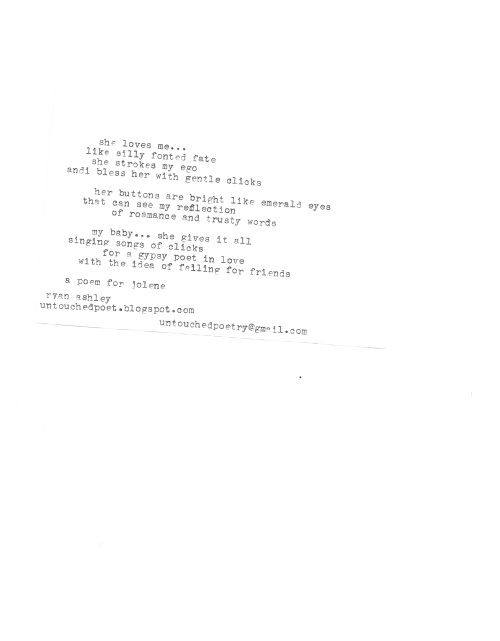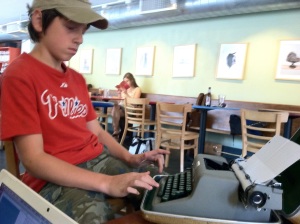Poems on Obsolescence by the “Elders” at LIFE
For the past six years I’ve taught a weekly poetry class at a senior day center called LIFE (Living Independently for Elders). This week, I learned that one of my oldest students, who had moved into a nursing home about a year ago, had passed away at the age of 94. Helen Brown had a sharp memory, a lyrical way with words, and impeccably legible handwriting (another “technology” about to disappear). She was also fearless in recounting some of her tougher life experiences, including a “whooping” at the hands of an aunt one summer, and her first encounter with racism in a rest stop outside of Boston when she was seven that made her realize she would find bigotry even “as far north as she could travel.”
I often assign my students to write about jobs they held or technologies and other everyday experiences that were once commonplace and now obsolete. As I collected these poems, I realized that with the passing of Helen Brown, every one of these students whose poems I feature here has died. All the more reason for Obsolescing to celebrate their long lives and vivid reminiscences this Poetry Month.
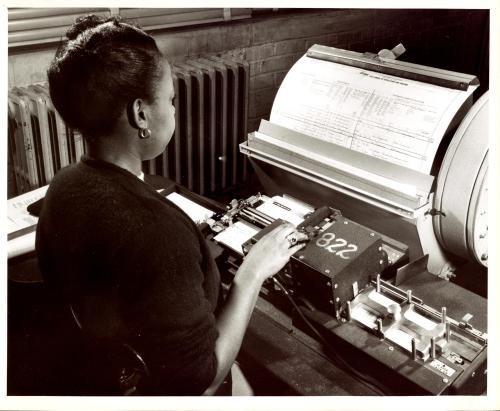
Keypunch Operator entering data for 1950 census
Keypuncher
by Helen Brown
You transcribe data.
You get messages on the wireless, which is verified.
You punch them into little cards.
That’s more or less
the start of the computer.
I didn’t know that at the time.
When I retired they
were just beginning
to store information
on disks.
The cards were
the first storage,
more or less.
We had shift work.
35 people at a time.
We didn’t take our breaks
at the same time.
We were keeping up
with deliveries.
We were allowed to
drink coffee at our desks.
The whole 35 couldn’t
take a break
at the same time.
Whatever had to be corrected
or tracked down couldn’t be
interrupted.
We had different
lunch hours.
35 people
broken down
in sections.
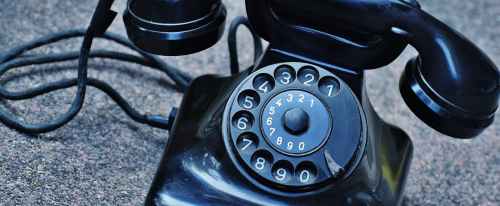 Phones
Phones
by Zettie Brown
Phones that we had
Long ago
The phone numbers
Had letters for you
To call
Now we use numbers
To dial
Someone
All the time
Our phone was
Round
In the middle
Control
by Zettie Brown
I miss the old TV that used
To be in the family room,
That you just turned the knob
And it came on. Now
You have remote control
That you push, and sometimes the
Show is not what you want
To see.
Start all over again.
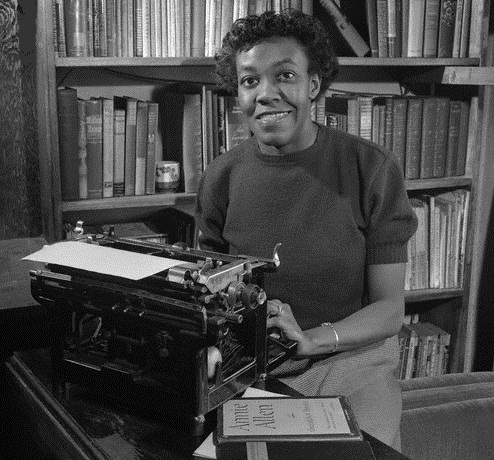
Poet Gwendolyn Brooks and her Royal Corona 6
The Typewriter
by Delores Lee
In order to correspond with my neighbors and others
I would have to sit at a table
And start typing on my typewriter.
You had a choice of pica or elite.
Pica was the small type.
I preferred elite
Which was the large letters.
The correspondence looked more
Official in the large type.
Nowadays the accepted way to correspond with others
Is to use e-mail.
There is a lack of warmness,
Or the friendliness
That you felt with a typed letter.
E-mail seems abrupt and cold to me,
Rushing through time.
The
typewriter
moved
slowly.
I miss the ability to erase an error.
There was a key that said “Correction.”
You could make the correction right away.
What I Miss About the Icebox
by Beverly Braxton
Emptying the pan.
The pan was always cool even though it was
On the floor, it had no smell.
It made a blob sound when the
Ice melted into the pan. The ice
Box had an opening for you to
Slide out the ice pan where the water
Would always splash on
You.

